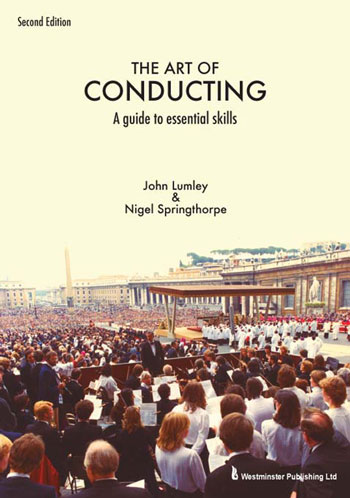
The section on technique takes the reader through from basic time keeping to more difficult areas, such as the management of pauses and more complex time signatures. The chapter on preliminary analysis of a work is linked with those on rehearsal and performance. Consideration is given to the various roles that a conductor may have to take in an amateur musical organisation, and how these roles can be distributed between the members of a small, enthusiastic committee. An appendix on instruments provides a concise account of the standard make-up of the modern symphony orchestra and wind band, together with an outline of a wide variety of percussion instruments. Archaic and historical instruments have been included to give some idea of their limitations and of modern equivalents if a period performance is intended, and modern substitutes for these instruments, where appropriate, have been suggested.
In the new edition, the number of musical examples has been expanded, together with additional figures to demonstrate the management of some more complex musical examples. A new appendix on Orchestration outlines the development of the orchestra from its origin during the Renaissance to the present day. This section aims to help the reader to place works in their historical context and outlines the likely orchestral requirements to aid a stylistically-aware performance. The comprehensive index, guides the read to specific areas of interest.
